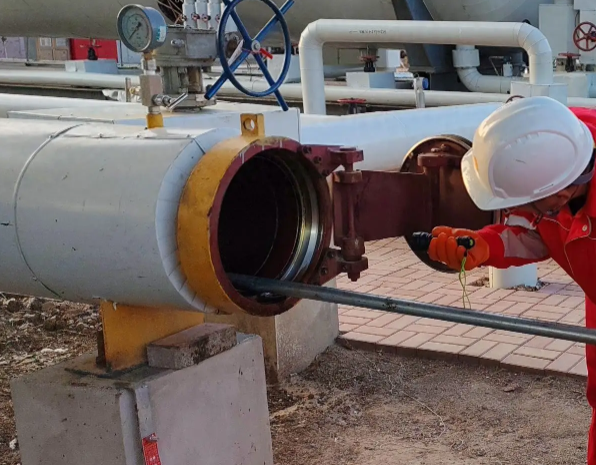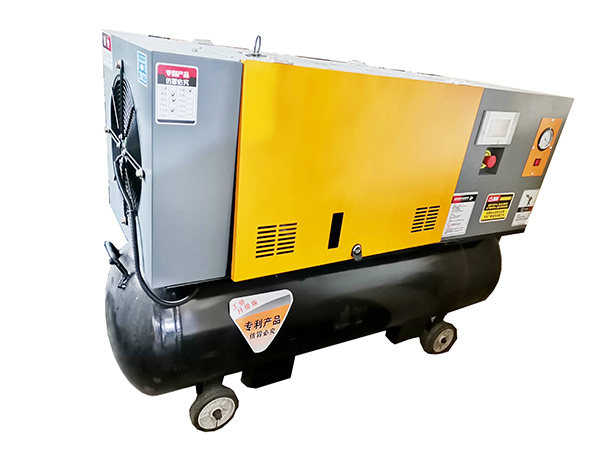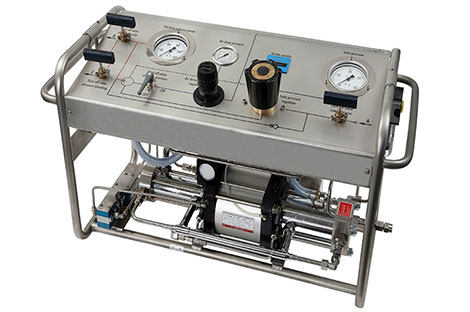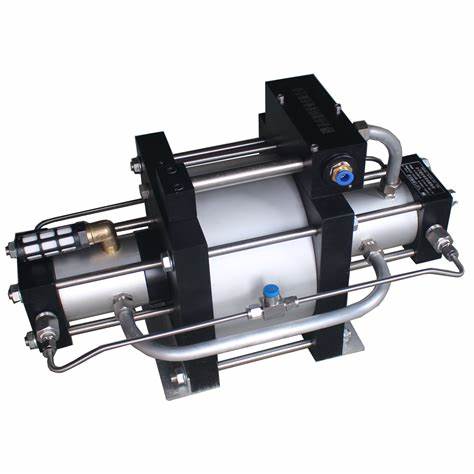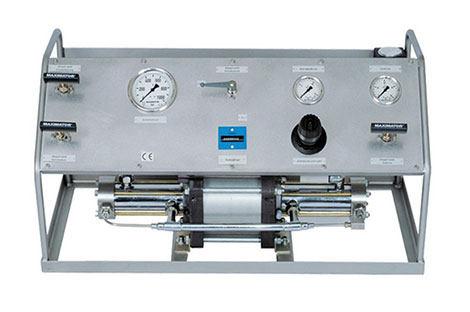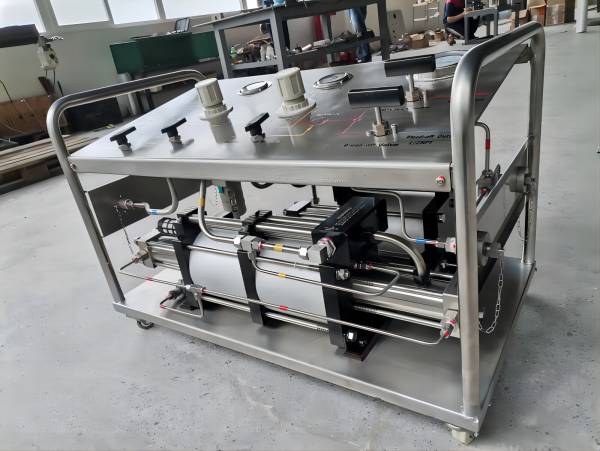Differences Between Air Amplifiers and Air Pressure Amplifiers
Air amplifiers and air pressure amplifiers are essential tools in modern industrial operations. While they may seem similar in name, their functions, working principles, and applications are fundamentally different. Understanding these differences is crucial for selecting the right tool for a given task. This article delves into the distinctions between air amplifiers and air pressure amplifiers, highlighting their unique characteristics, applications, and advantages.
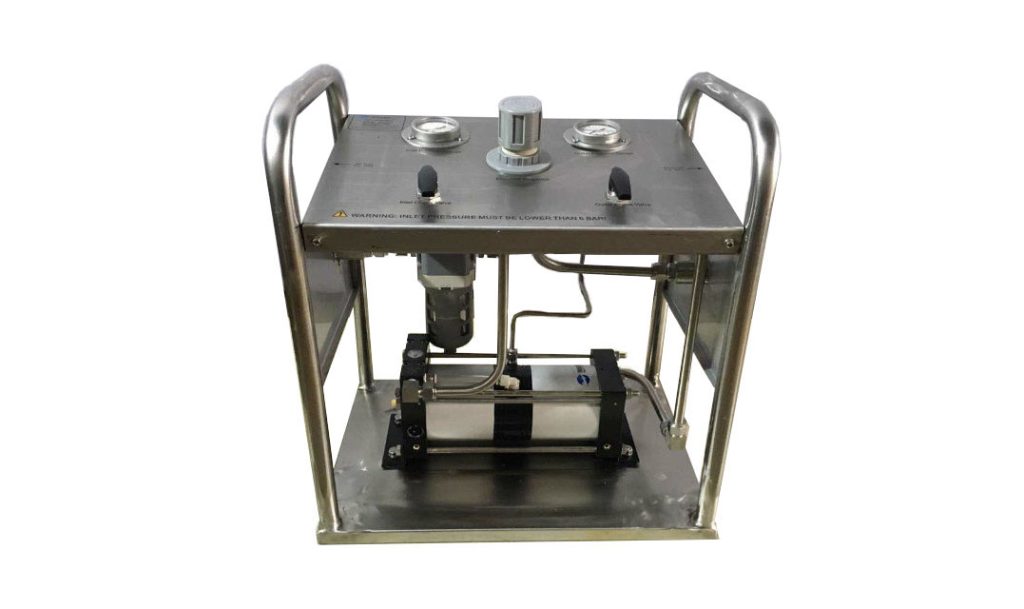
Key Differences Between Air Amplifiers and Air Pressure Amplifiers
1. Working Principles
The core difference between the two devices lies in how they operate:
- Air Amplifiers: These devices leverage the Coanda effect, a phenomenon where a jet of compressed air attaches itself to a nearby surface and drags along the surrounding air. This creates a high-speed, high-volume airflow that is significantly greater than the input compressed air.
- Air Pressure Amplifiers: These devices work by taking a low-pressure air signal and boosting it to a higher pressure using internal mechanisms. The amplified pressure is then used for tasks that require precision and control, such as operating actuators in automation systems.
2. Primary Applications
The applications of air amplifiers and air pressure amplifiers highlight their functional differences:
Air Amplifiers:
Air amplifiers are commonly used in applications requiring large airflow, such as:
- Ventilating enclosed spaces.
- Removing fumes or smoke.
- Transporting lightweight materials.
- Cooling processes in industrial setups.
Air Pressure Amplifiers:
Air pressure amplifiers are essential in environments where controlled pressure is necessary. Typical uses include:
- Industrial automation systems.
- Process control applications.
- Operating pneumatic actuators that demand precise pressure control.
3. Structural Features
Examining the structural differences provides further clarity:
- Air Amplifiers: These devices are straightforward in design, featuring no moving parts. Typically constructed from aluminum or stainless steel, they are durable and require minimal maintenance.
- Air Pressure Amplifiers: The design of pressure amplifiers is more complex, comprising several components such as a control chamber, the amplifier unit, an air source, and an output mechanism. This complexity is necessary for their ability to handle and amplify air pressure with precision.
4. Airflow Characteristics
Another key distinction lies in the nature of the airflow generated:
- Air Amplifiers: By using a small amount of compressed air, air amplifiers can produce an output flow that is up to 50 times greater than the input. This makes them suitable for tasks where a large airflow is essential.
- Air Pressure Amplifiers: These devices focus on amplifying pressure rather than volume, enabling the conversion of low-pressure signals into high-pressure outputs for applications requiring controlled force.

5. Noise Levels
Operational noise levels are an important consideration in many industries:
- Air Amplifiers: They operate with low noise, making them suitable for environments where noise pollution needs to be minimized.
- Air Pressure Amplifiers: These devices are effectively noise-free during operation, adding to their suitability in sensitive industrial settings.
6. Power Source
Both devices rely on compressed air but utilize it differently:
- Air Amplifiers: Compressed air serves as the sole power source, driving the Coanda effect to produce amplified airflow.
- Air Pressure Amplifiers: These rely on the pressure of the air source to amplify the output signal, making them effective in applications demanding precise control.
7. Safety
Safety is paramount in industrial applications, and both devices offer unique safety features:
- Air Amplifiers: As non-electrical devices, they eliminate the risk of explosion, making them a safe choice for environments with flammable materials or gases.
- Air Pressure Amplifiers: These devices are immune to electrical faults and electromagnetic interference, ensuring reliable operation in automation and control systems.
8. Maintenance Requirements
Maintenance needs often influence the choice of equipment:
- Air Amplifiers: With no moving parts, air amplifiers require virtually no maintenance, making them a cost-effective and reliable solution.
- Air Pressure Amplifiers: While their maintenance demands are slightly higher, they remain relatively low-maintenance due to their robust construction and durable components.
9. Industrial Applications
Both devices find extensive use in industrial settings, albeit for different purposes:
Air Amplifiers:
Common applications include:
- Cooling overheated machinery.
- Ventilation in closed spaces.
- Removing debris or smoke.
Air Pressure Amplifiers:
Frequently used for:
- Drying wet surfaces.
- Cleaning machine parts.
- Cooling molds in manufacturing processes.
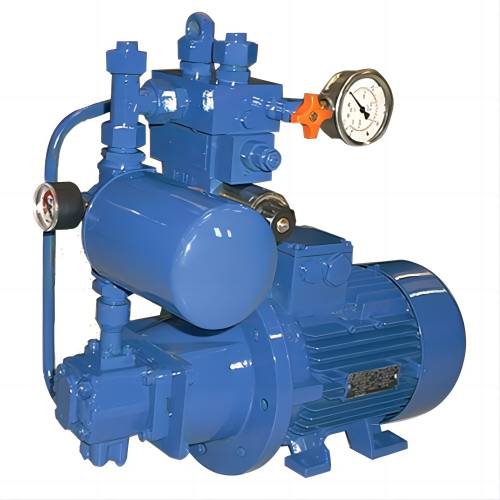
In Summary
While air amplifiers and air pressure amplifiers may appear similar in terminology, their applications and working principles set them apart. Air amplifiers excel in generating high-volume airflow for cooling, ventilation, and material transport, while air pressure amplifiers shine in automation and process control, where precise pressure adjustments are essential.
By recognizing these differences, industries can leverage the strengths of each device to enhance productivity and safety. Selecting the right tool not only ensures better performance but also reduces maintenance costs and enhances operational efficiency.
Whether your need is for high airflow or precise pressure amplification, both tools provide invaluable solutions tailored to their unique applications.

